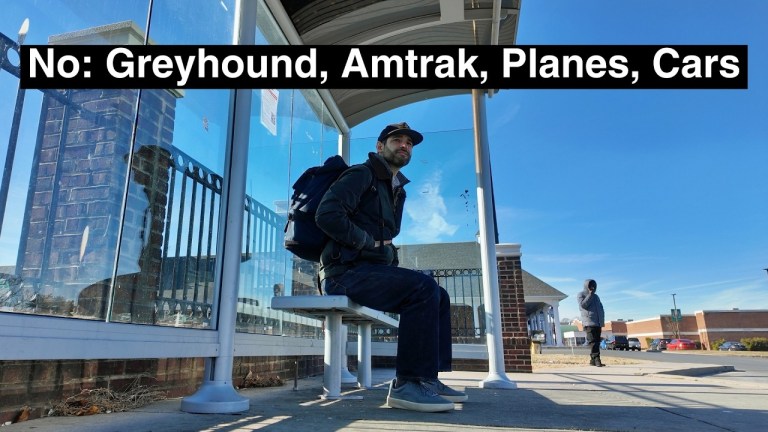How an Abandoned Elevated Railroad in New York City Became the Popular ‘High Line’ Public Park
Architect Nick Potts of Architectural Digest walked The High Line while explaining how the abandoned elevated rail over Tenth Avenue in New York City was transformed into a very popular tourist attraction. He also mentions how the elevated park boasts some absolutely stunning designer architecture all the way to Hudson Yards, completely transforming each neighborhood along its path.
Today AD joins architect Nick Potts in New York City for a walking tour of The Highline. Once an abandoned commercial railroad, the area is now a thriving public park lined with designer buildings courtesy of some of the world’s most famous architects.
Potts starts off talking about how that very street was known as “Death Avenue” due to the street level trolley cars that traversed the streets without much regulation. A number of people were injured and killed, hence the foreboding nickname. It was solved with the elevated trains. Which remained in use until it was abandoned in the mid-20th century.
Back in the 1800s, early 1900s, this area was known as Death Avenue, and several hundred people actually lost their lives due to collisions with trains. Because of this dangerous situation, the city eventually built an elevated rail line to permit the huge scale of industrial production to coexist with the street level activity of an active neighborhood within a growing metropolis. After its decline as an industrial neighborhood in the middle of the 20th century, this neighborhood searched for a new identity.
He also spoke about the development of the park in 1999 and the subsequent growth it fostered along the west side of Manhattan.
The redevelopment of the Highline rom an abandoned rail line to a vibrant green space catalyzed more development in the last 15 years in this part of New York City than anywhere else.









